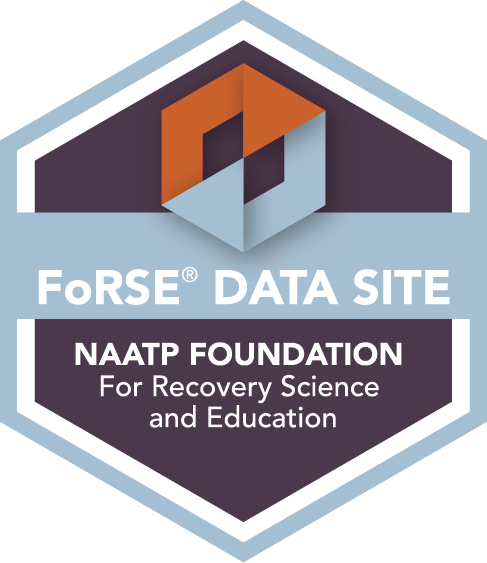
In 1955 Albert Ellis introduced rational emotive behavior therapy, also known as REBT, and cognitive therapy hasn’t been the same since. There is a misconception that REBT and CBT (cognitive-behavioral therapy) are the same thing, and while the two are closely related and overlap in some ways, they are, at their core, two very different approaches to dealing with psychological issues.
The core idea behind both is that human emotions and behaviors are a result of ideas, memories, experiences, and attitudes rather than a direct result of a specific event. Both REBT and CBT work to change someone’s thinking to deal with emotional or behavioral problems. That said, the approach that these methods have to change that way of thinking is very different. Here are a few of the main differences between CBT and REBT:
Secondary disturbance
One thing that is emphasized in REBT is the importance of secondary disturbance. The secondary disturbance is what most people know as overthinking. For example, if you are worried about appearing anxious, then you are worrying about worrying. This thought pattern is one of the main factors that play into mental illnesses such as depression, anxiety, and panic attacks. Most CBT does not take this secondary disturbance into account when dealing with an issue and instead will take a more direct approach to how to handle such a situation.
Unconditional Self-Acceptance
USA is an acronym for Unconditional Self-Acceptance. REBT uses this phrase to keep patients’ mentalities strong. This method teaches you that you need to learn to accept yourself rather than try to fix yourself. Many CBT therapists try to bolster self-esteem by focusing on positive qualities rather than the bad ones, but this has many downsides. Thinking like this can lead to living in fear of making mistakes which can worsen self-esteem. The USA mentality is a good way to learn self-acceptance, which is a great place to grow from.
Cognitive Behavioral Therapy ABC model
What is the ABC model of cognitive therapy? ABC is a CBT technique also founded by Dr. Albert Ellis which stands for:
- Adversity or activating event
- Beliefs about the event
- Consequences, including your behavioral and emotional response.
In this model, it is assumed that B links A and C, and B is considered the most important element. This is because, in CBT, there is a focus on changing your beliefs (B) in order to reach your goals and create more positive consequences (C). Exploring the connection between B and C is a key element of most CBT therapy and helps people become more aware of their emotional responses to various stimuli.
Customized Integrated Health Care with American Treatment Network
Here at American Treatment Network, we provide customized integrated health care for our patient’s physical and behavioral needs. Getting help is the first step in the battle against opioid and alcohol addiction, so call us to schedule an appointment today or visit one of our locations in Havertown, PA, or Newark, DE.


